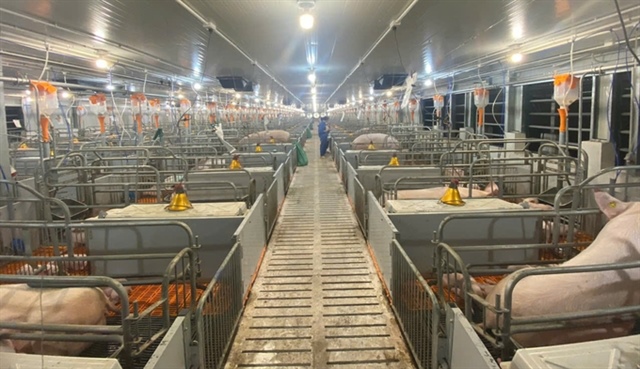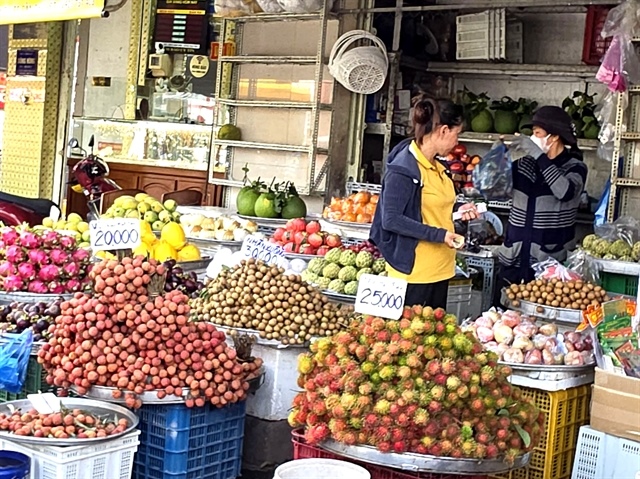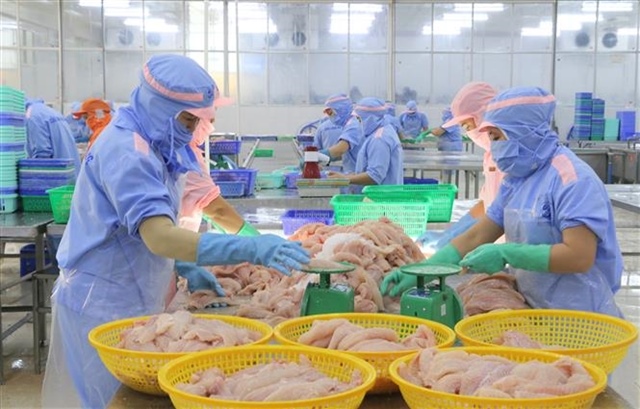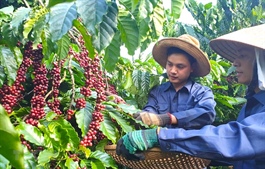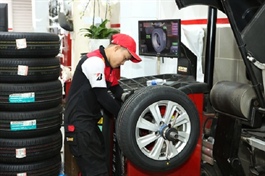Vietnam to export swiftlet nests to China in Q1 2021
Vietnam to export swiftlet nests to China in Q1 2021
Bird's nests are mainly exported by local companies, marking an estimated value of about US$100-125 million per year.
Vietnam will export swiftlet nests to China, the world largest consumer of such product, in the first quarter of this year, according to Deputy Minister of Agriculture and Rural Development Phung Duc Tien.

Bird's nest are mainly exported by local companies, earning about US$100-125 million per year. Photo: the Vietnam Swiftlet Farming Association.
|
Due to Covid-19, the protocol signing for official import of bird’s nest products from Vietnam to China was delayed from December 2020 to early 2021. Currently, the procedures for the official export of bird's nest to China have almost been completed, Deputy Minister Tien said.
Last April, the Vietnamese enterprises submitted their application for bird's nest export license to the competent authority of China for evaluation.
Mr. Nguyen Van Trong, the Deputy Director of the Livestock Production Department under the MARD, said that the bird's nest is part of the livestock development strategy in the next five years because it is of greater economic value and more exportable than many other livestock products.
Swiftlets have been bred in 42 out of 63 provinces and cities with a total of about 20,000 swiftlet houses, of which Kien Giang province is the largest home to swiftlet with about 2,600 houses.
Vietnam’s swiftlet-farming output is about 120 tons, equivalent to US$450 million in value. Currently, bird's nest products in Vietnam are mainly exported by local companies, earning about US$100-125 million per year.
According to Mr. Trong, a survey, conducted by a company based in China’s Fujian province, shows that the current output of Vietnamese bird's nest can only meet one third of the demand.
For many years, the functional agencies, including the Department of Livestock Production, have taught local businesses on swiftlet farming and processing methods to meet the requirements of the export market and international practices, as well as monitored disease safety practices in the industry, Mr. Nguyen Van Long, Deputy Director of the Department of Livestock Production under the MARD, said.
Vietnam's swiftlet-farming has only started since 2010, mainly in southern provinces and cities, putting out about 3% of global bird’s nest production. However, no master plan has been laid out for the industry and local companies have not paid attention to branding. Some companies have urged the MARD to soon issue regulations and make zoning plans for the farming and processing of bird's nests.



